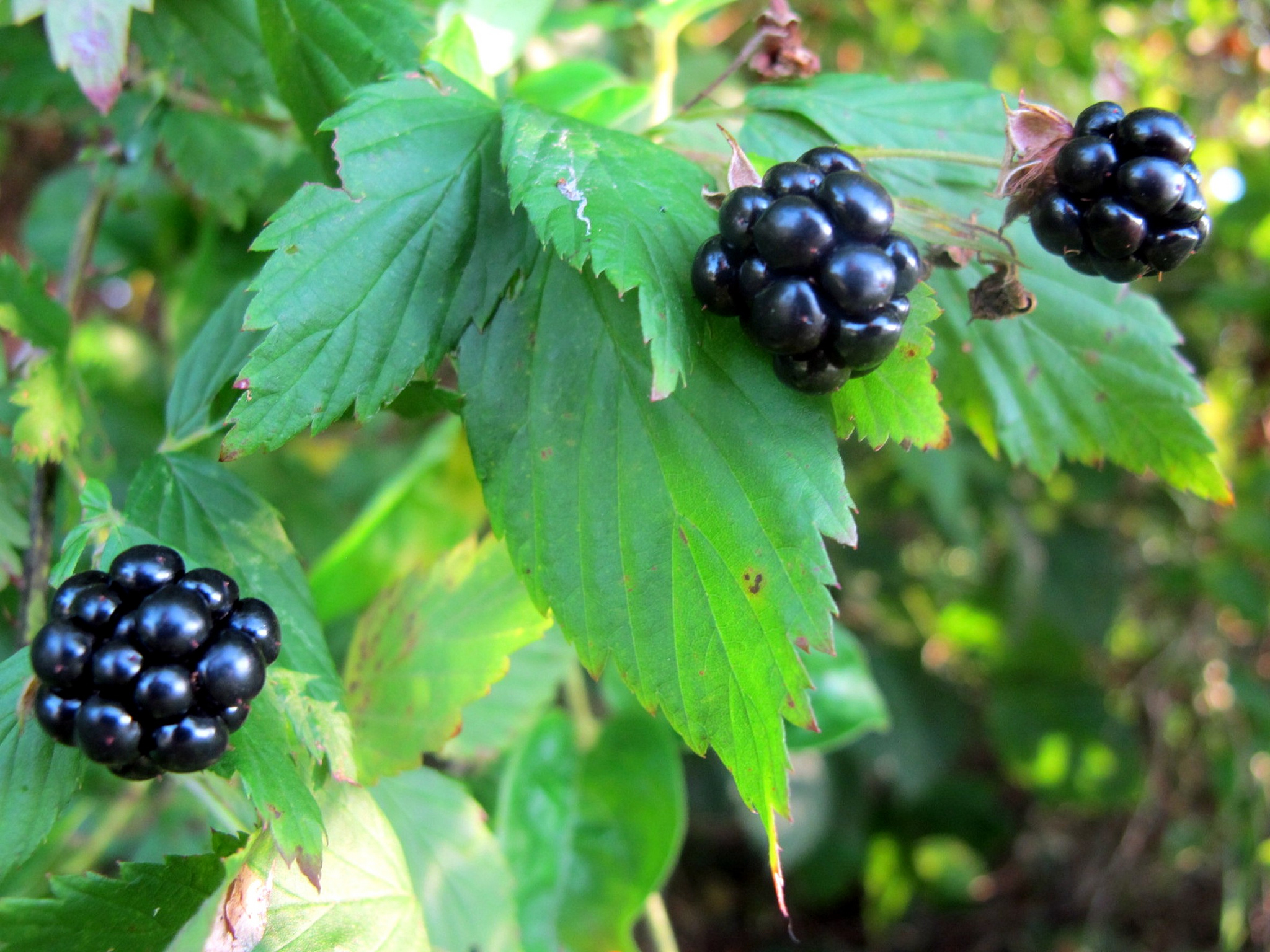Experimenting With New Ingredients Isn’t So Easy For Fast Food Chains
Today, the Wall Street Journal discussed all of the work behind the scenes to put one fruit in a new summer salad from Wendy’s. No, not this summer: it will be available in the summer of 2016. If that seems like planning far in advance, you should know that the chain has been working on this particular salad for three years. The delay is because of the featured ingredient: blackberries.
They need 2 million pounds of fresh blackberries to make the summer salad work, and they’re one of the smaller fast-food chains. The problem is that farmers don’t just sow blackberry seeds and harvest them a few months later. They grow on bushes, which don’t produce fruit for three years. The amount that Wendy’s needs means that farmers had to plant bushes three years before the planned salad.
Not that it’s easy for fast-casual chains that brag about their fresh ingredients and from-scratch cooking. Chipotle has spent the last few months periodically out of carnitas, the chain’s braised pork, because a big supplier didn’t meet the company’s standards for humane treatment of animals.
Fast Food’s Big Challenge: Fresh Ingredients [Wall Street Journal]
Want more consumer news? Visit our parent organization, Consumer Reports, for the latest on scams, recalls, and other consumer issues.


